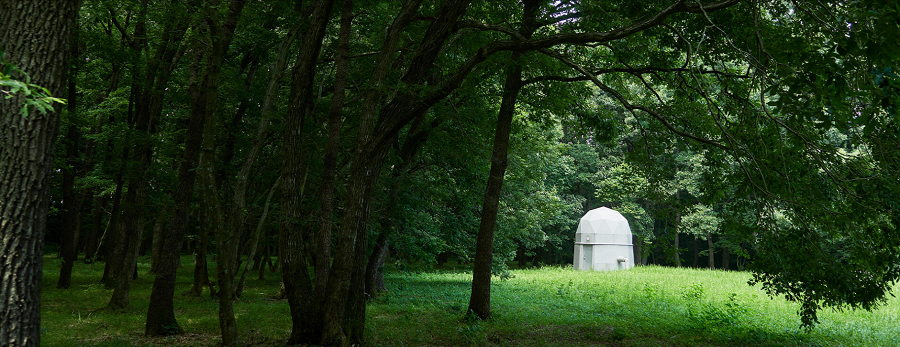
Architectural Design of JAXA Tsukuba Space Center's Buildings

Architectural Design of JAXA
Tsukuba Space Center's Buildings
TADA Mayako, at the Ground Facilities Department, cannot forget the thrill she felt when viewing facilities in the Tsukuba Space Center on her first day of working at the Center. She was puzzled by the appearance of each facility and it sparks curiosity of what is going on inside those black boxes.
The Tsukuba Space Center houses various facilities on its premises, each of which was built to serve specific missions related to space research and development, resulting in the unique appearance of individual structures. The Center's distinctively unique architectural design engrosses other members of the Ground Facilities Department, including TABUCHI Go, who said, “One of the Center's most unique building designs is presented by the facility equipped with a 14-meter long shutter door. This feature was designed to fit the need of the facility to house satellites that were growing in size from the 1990s to the 2000s, which necessitated dimensional expansion of the housing structure including its entrance door. Subsequently, however, the expanded structure has become an issue, reflecting the recent satellite development trends that are encouraging miniaturization and mainstreaming the satellite constellation model for a group of satellites working together as a system. We should start exploring the possibility of using this facility effectively in the future.”
As suggested by the above episode, the architectural design of the Center's various facilities reveals background stories of space development. This article will zoom in on the building design of each facility, with a focus on its aspect as an expression of its functions.
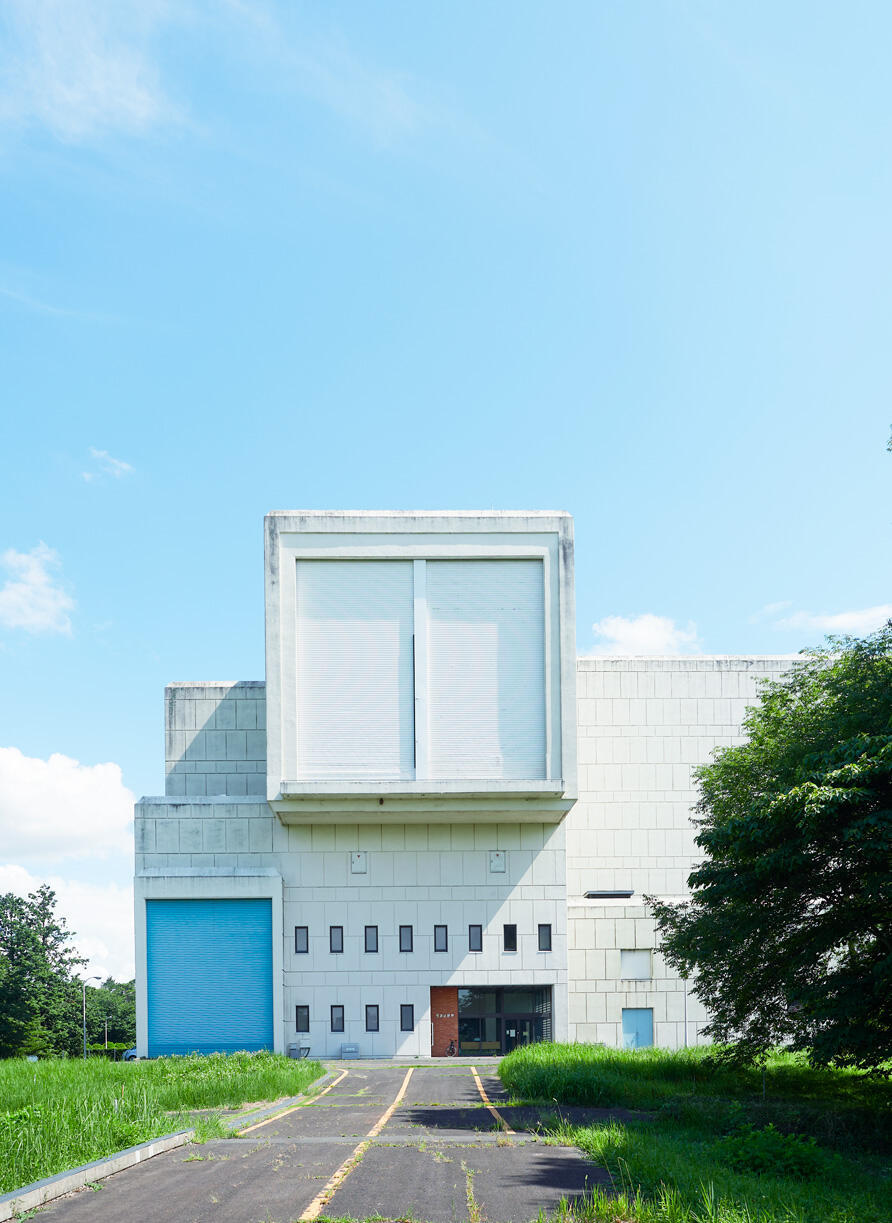
Radiowave Test Facility:
Stately white wall structure for large antenna testing
Completed in 1982, the Radiowave Test Facility is housed in a huge ferroconcrete structure suggestive of a magnificent fortress. To allow for a shielded room required to test the radiowave performance of antennas to be mounted on launch vehicles and satellites, the building is designed to keep openings to the minimum necessary, as exemplified by nearly windowless walls. The rooftop has a large custom-built hatch to be opened for conducting far-field measurement tests up to a distance of 500 meters using a movable antenna mount. The rooftop hatch is normally closed.
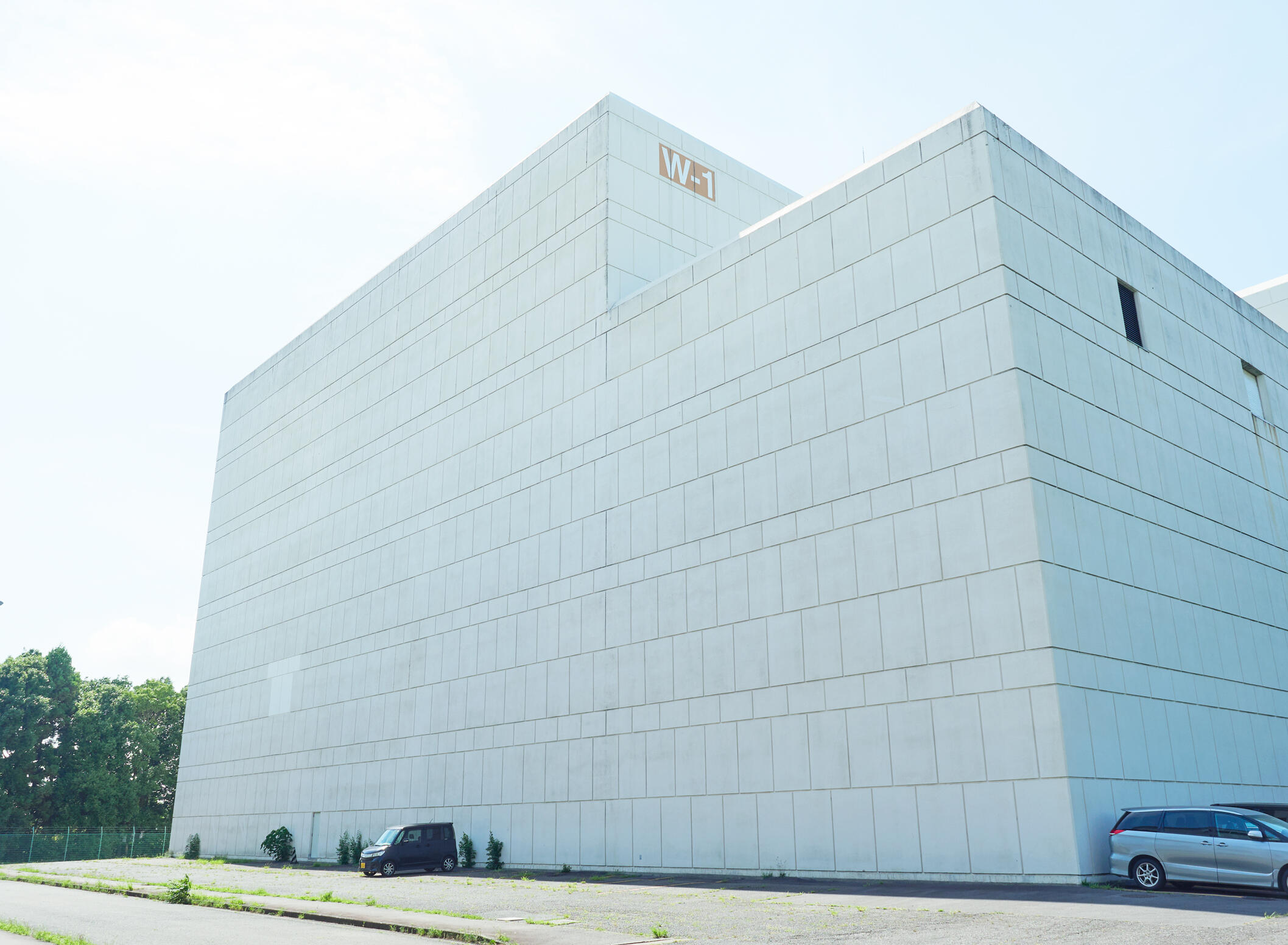
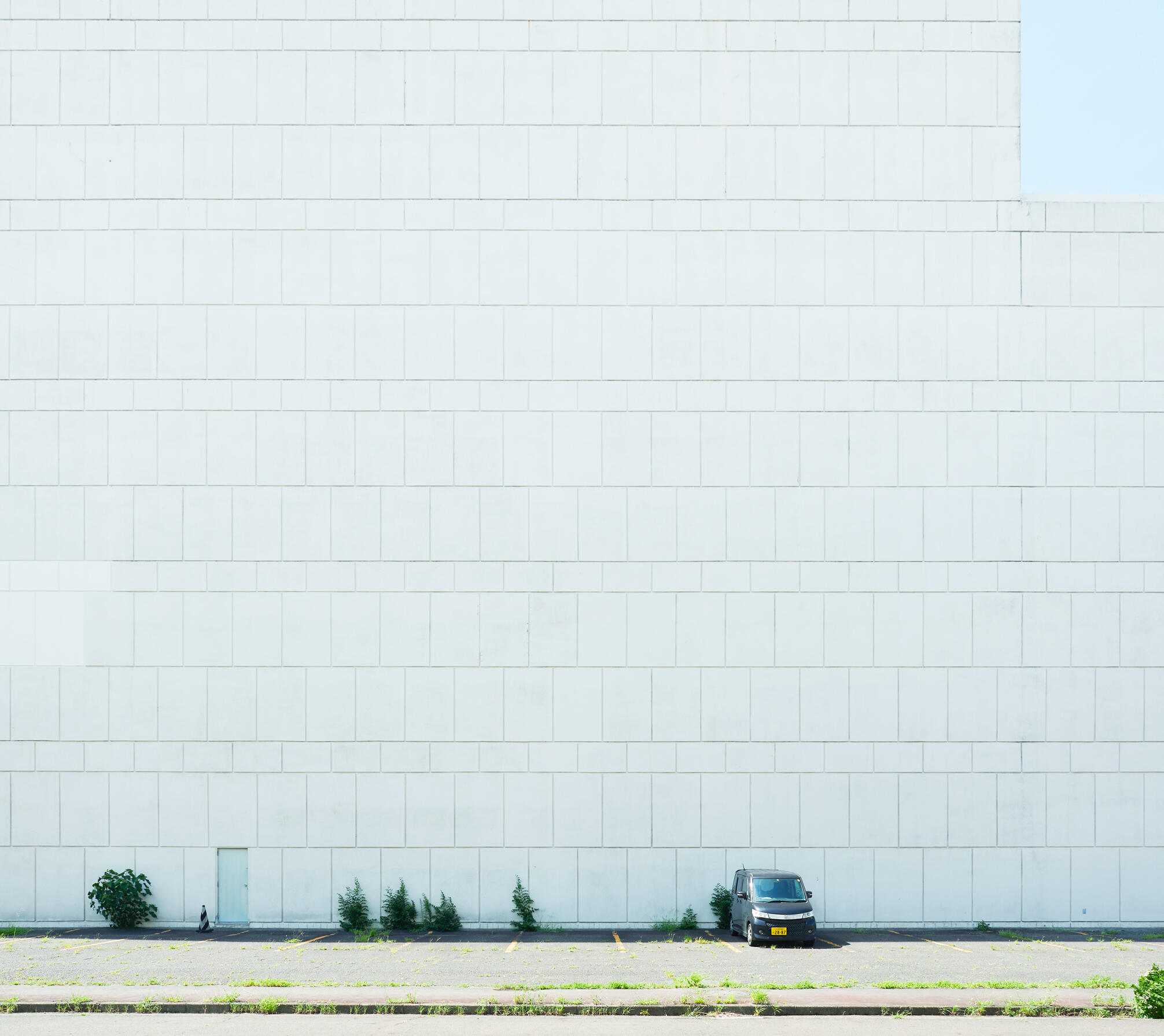
Water tower: Looks like a flying object?
The water tower (elevated water tank) was built when the Tsukuba Space Center opened, and is still working today to supply water to facilities on the site. In the earlier days when the surrounding areas were yet to be developed, the water tower served as a regional landmark. According to one account, some local people thought that the topmost structure of the tower was capable of flying. The structure bears two logos, one for JAXA and the other located below it for NASDA (predecessor of JAXA) which is appearing from under the peeled off cover-up paint.
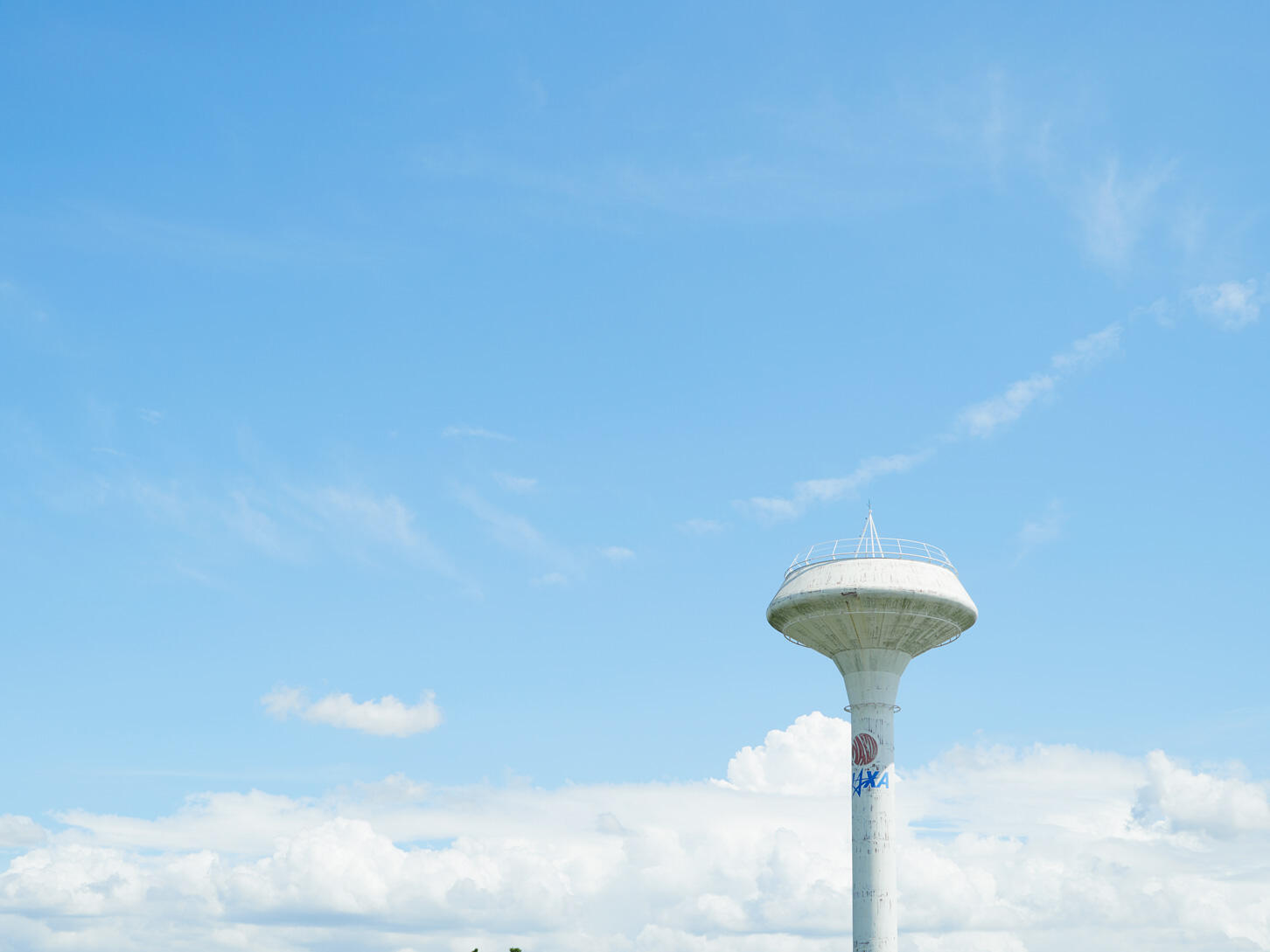

Headquarters Building: Showcase of advanced technologies
Completed in 2003, the Headquarters Building accommodates research facilities as well as the head office function. Designed with a particular focus on promoting IT infrastructure and environmental measures, the facility adopted advanced technologies of that time which are still effective today, such as daylighting duct systems (reflected light used for indoor lighting) and the base isolation structure (isolating the building from the ground and installing seismic isolators in between), which was a pioneering technology at that time. The building is an iconic structure of the Tsukuba Space Center, together with the 50-meter-long H-II Launch Vehicle, which nearly equals the height of the Headquarter Building.
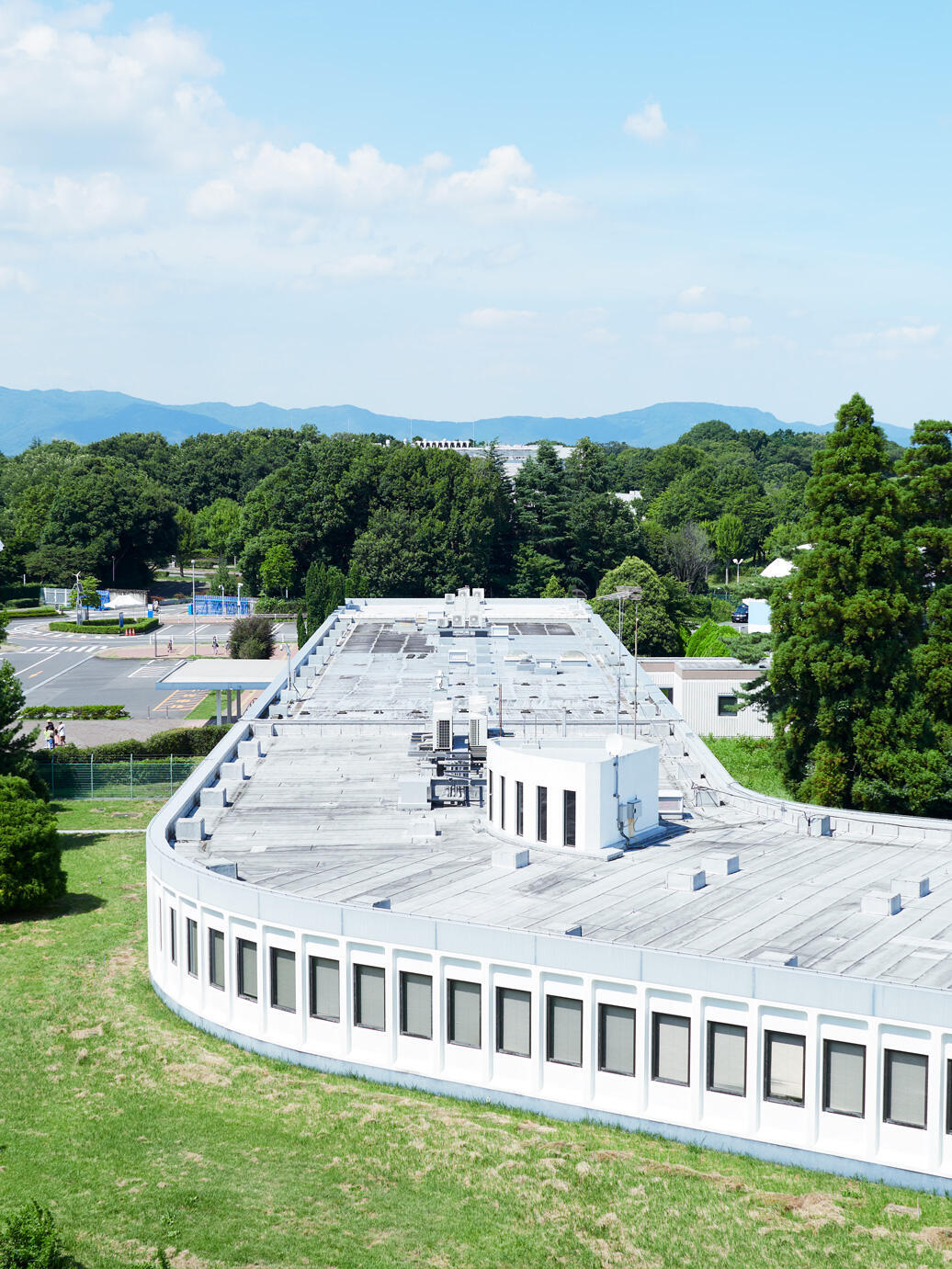
Public Relations/Information Building: Designed in consideration of future expansion
The Administration Building (presently Public Relations/Information Building) was one of the earliest facilities completed in the Tsukuba Space Center. The center's entire personnel worked in the building when it opened. Subsequently, the facility has expanded its functions, including those for welcoming general visitors to the Center, specifically by setting up the reception desk for facility tours. The building was constructed using a prefabrication method (assembling components of a structure in a factory and transporting complete assembles to the construction site), and designed for possible future expansion. Actually, three floor expansion plans have been implemented. Also, the possibility of increasing the number of floors was incorporated into structure designs, such as spaces created for building staircases and pillar bases installed on the rooftop. (At this point, these items are yet to serve their purpose.)
Magnetic Test Facility: Completely non-magnetic structure
The Magnetic Test Facility is housed in an unreinforced concrete structure made of completely non-magnetic materials, avoiding iron and any other magnetic metals. The building has a unique appearance that looks like a keyhole-shaped tomb mound. The dome structure at the top is made of wooden panels fixed with aluminum frames, achieving distinctively lightweight construction. The building is located in the wooded area in order to ensure that it is kept least 300 meters from any other artificial structures, because completely non-magnetic condition is an essential requirement to conduct tests properly. Pipelines are installed for air-conditioning of the facility.

Astronaut Training Building:
Training center for astronaut candidates
As its name implies, the Astronaut Training Building contains an array of specialty machines and systems dedicated to astronaut training. Major examples are the Weightless Environment Test Building (enclosed simulation room created within the module), and the Hypobaric Chamber (for developing skills to deal with air leakage, air failure and other onboard emergency situations related to low ambient air pressure). The facility is also equipped with a set of health management systems for astronauts in training. Actual size spacesuits (replica) and the photographs of JAXA's previous and current astronauts are displayed at the entrance to greet visitors.
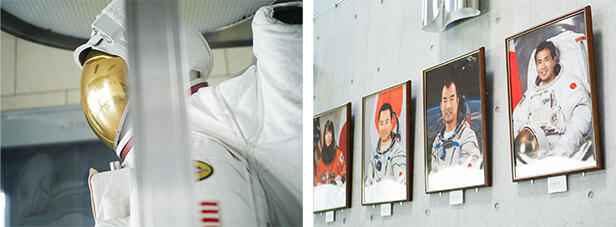
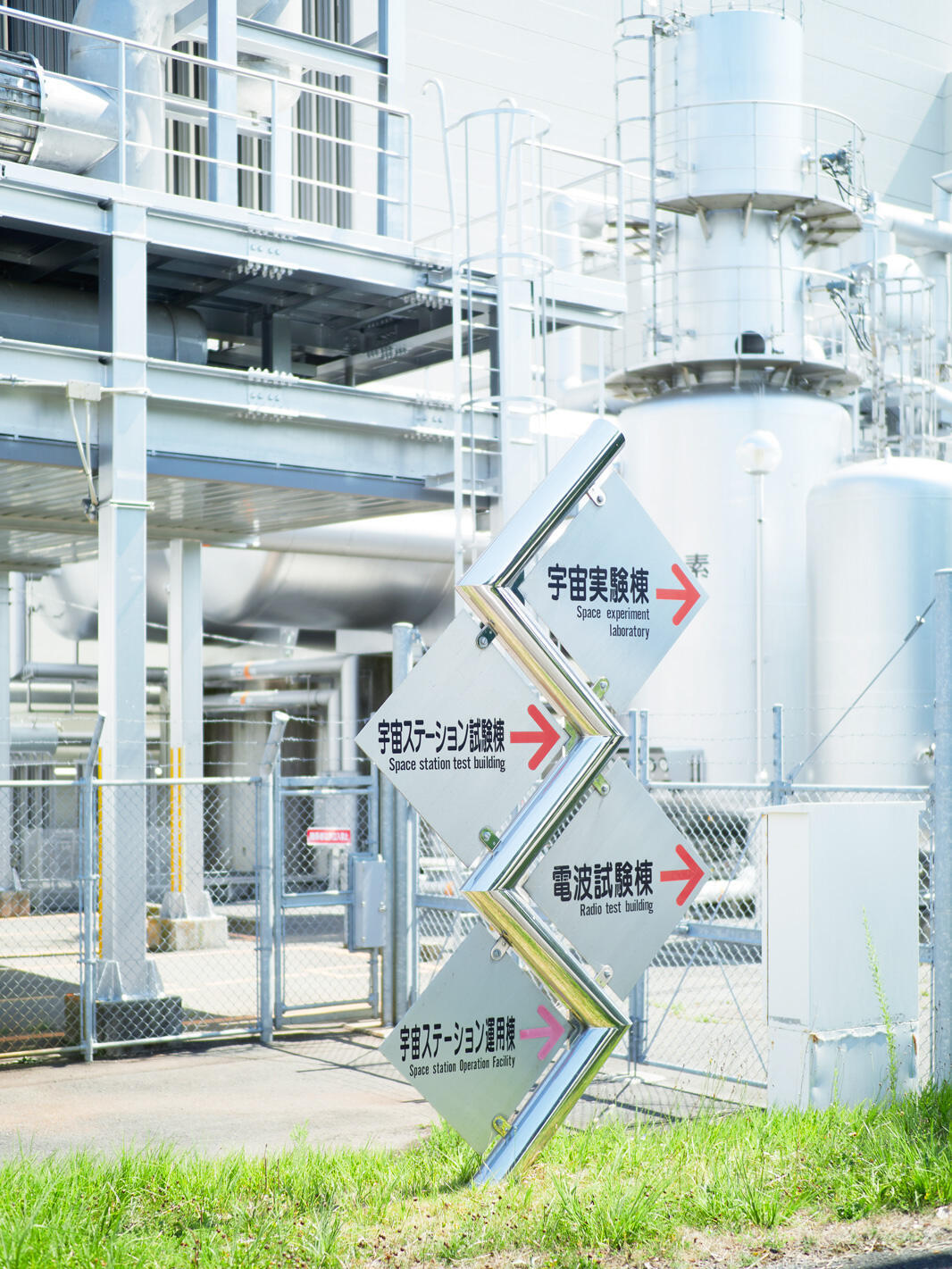
Geometric design signage:
Appeal of dry, emotionless expressions
The Tsukuba Space Center have located directional signposts appropriately on its extensive premises. Each of them bears the name of individual facilities specific to the space agency, such as “Space Experiment Laboratory” and “Space Station Test Building,” written in geometric letters. The lettering style aligns with that used for the nameplate at the entrance of the relevant facility.

Spacecraft Integration and Test Building:
With dimensions for housing satellites
The highlight of the Spacecraft Integration and Test Building is its 14-meter long shutter door, a custom-made item for housing large satellites. The door is connected to the “satellite passage” leading to a suite of test rooms.
Profile
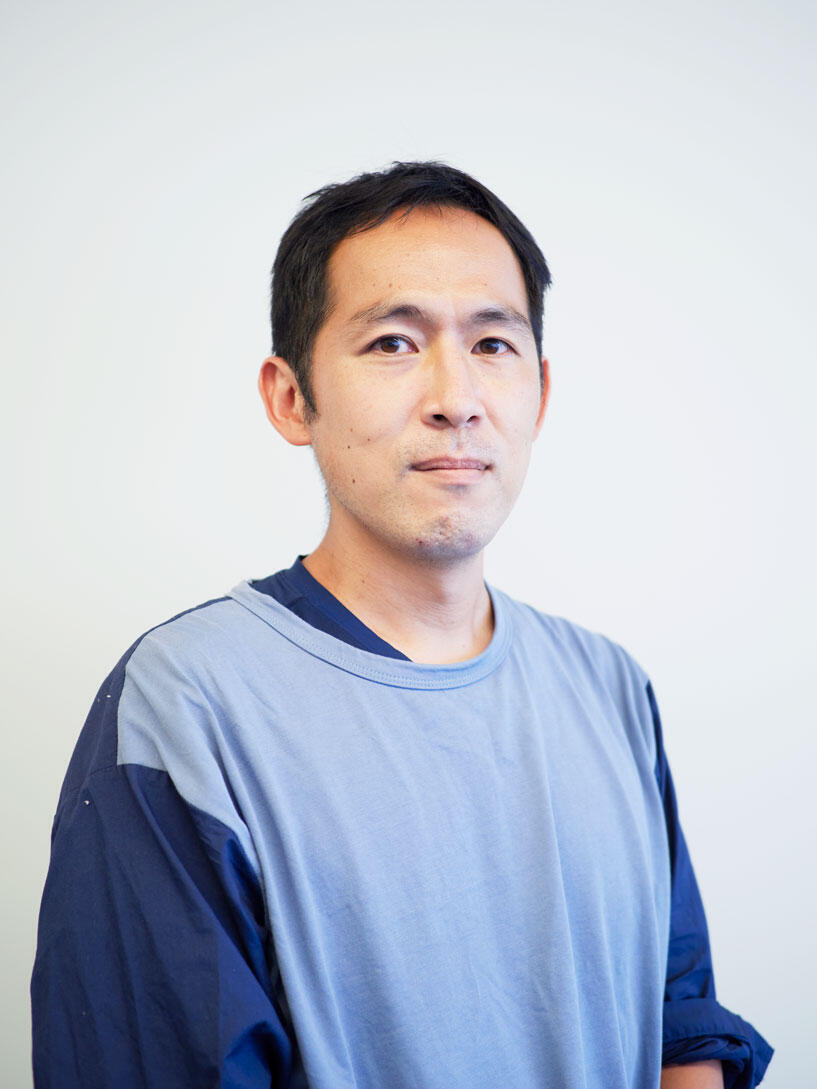
TABUCHI Go
Manager
Ground Facilities Division I
Ground Facilities Department
Born in Tokyo. His major earlier assignments were related to consideration of the safety distance of test equipment and blastproof structures, and the development of Satellite Test Building and other facilities. He was also involved in reconstruction work related to the Great East Japan Earthquake. Then, he engaged in satellite mission planning and the GREAT Project before assuming the current position. His strongest personal passion is currently for taking his child to and from the kindergarten every day. As the child will start elementary school soon, he has to find a new source of passion.
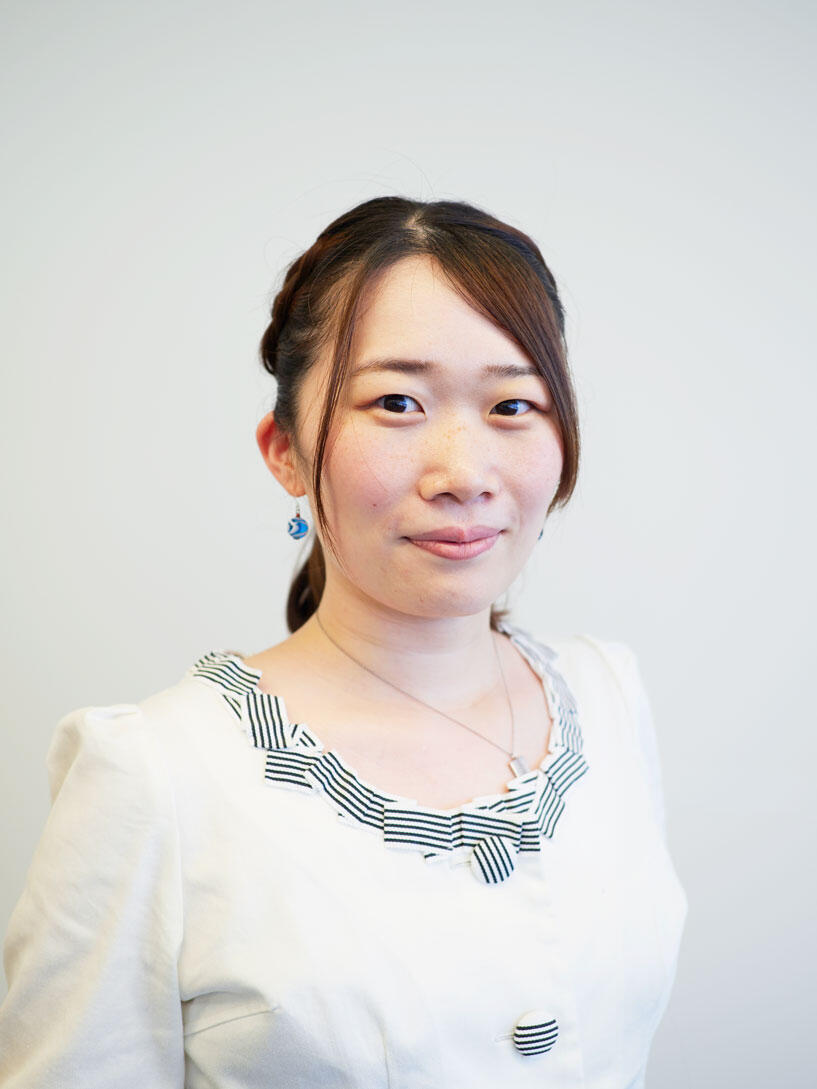
TADA Mayako
Researcher
Program Management Division
Ground Facilities Department
Born in Tokyo. She is engaged in digitizing work processes related to the development JAXA's buildings, particularly, order placement and work management for new construction and renovation design contracts, and database creation for facilities and structures. Her favorite hobby is collecting snow globes. Also, she has recently found a new passion for playing the ukulele.
All the images are copyrighted ©JAXA unless otherwise noticed.
- Home>
- Global Activity>
- Public Relations>
- JAXA’s>
- JAXA's No.89>
- Tsukuba Space Center's Buildings